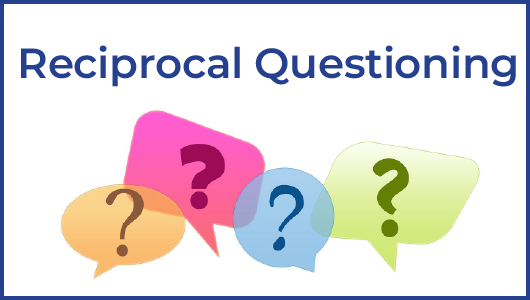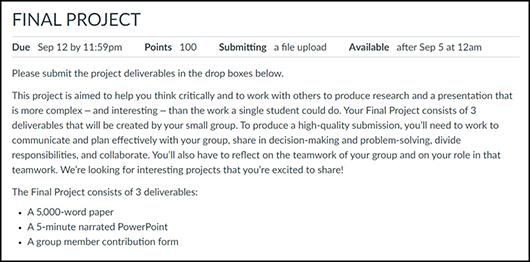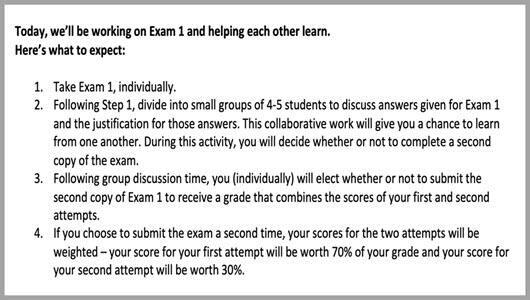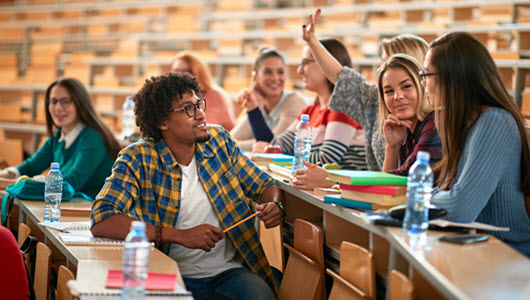social learning
so·cial learn·ing
/ˈsōSHəl/ /ˈlərniNG/
Noun
A learning process that suggests that learning is a cognitive process experienced in a social context. The learner is not a passive recipient of information but engages with the cognitive process, the environment, and the behaviors of others in the learning environment. Feedback is also helpful for guiding learning.






